Infrared film photography has always intrigued me as a way of getting some unusual effects. I had a roll Rollei Infrared 400 which I had been wanting to try out for a while, but was just waiting for the right time and inspiration. An approaching typhoon off Japan yielded some rather dramatic cloud formations in an otherwise deep blue sky, and I though the time was right to give infrared a go.
Most infrared films stocks have been discontinued, and as far as I know, there are only two that are still being produced, Rollei Infrared 400 and Ilford SFX 200, both of which are monochrome. However, I have read of regular monochrome film stocks that are apparently sensitive to infrared, such as Japan Camera Hunter Street Pan 400.
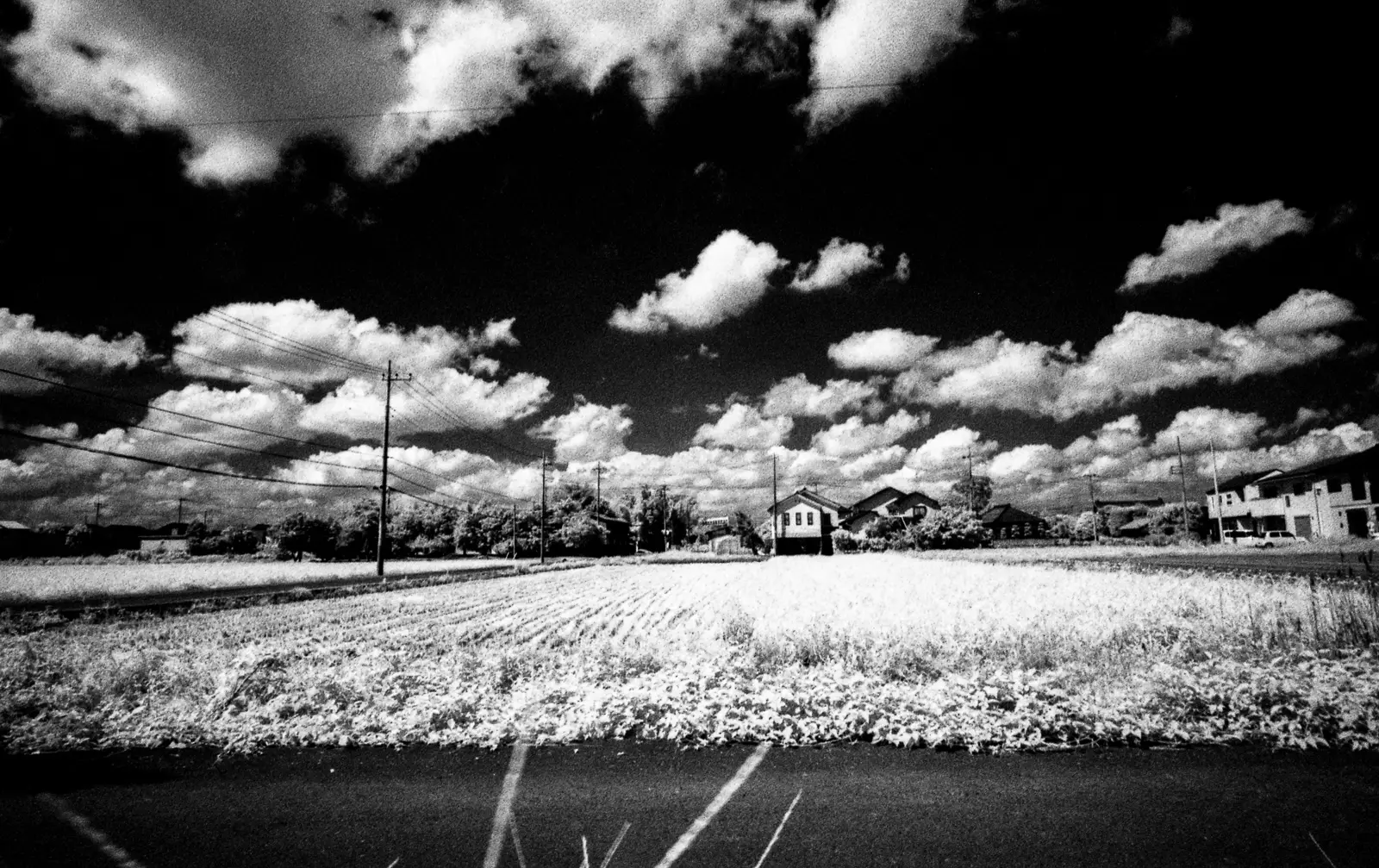
Kodak used to make a monochrome film stock called HIE and a color film stock called Aerochrome, both of which have been discontinued. Aerochrome was probably the most distinct of all of them, as it rendered green vegetation red. It is called Aerochrome as it was used for aerial reconnaissance photography during World War Two so that camouflaged military hardware was easier to spot.
As an artistic film, the results of Aerochrome are stunning, and if you Google Aerochrome you will get some mesmerizing hits. Monochrome infrared images are less dazzling but still dramatic nonetheless. Blue skies become dark—almost black—as if using a strong red filter. Green vegetation however glows white, as green plans are strong reflectors of infrared light. Don’t ask me why.
If you want to shoot infrared film, you will need an infrared filter, whose naming convention is a bit of a misnomer. Infrared filters block visible light and let infrared light pass through. The filter I use for the photographs in this piece is a 39mm C+G R720nm, meaning that infrared light of wavelengths of 720nm and longer will pass through. Infrared light starts from about 700nm and extends to around 1000nm. If you are interested in the science, do a bit of research. I am not the right person to ask. I only hope I am passing along correct information.
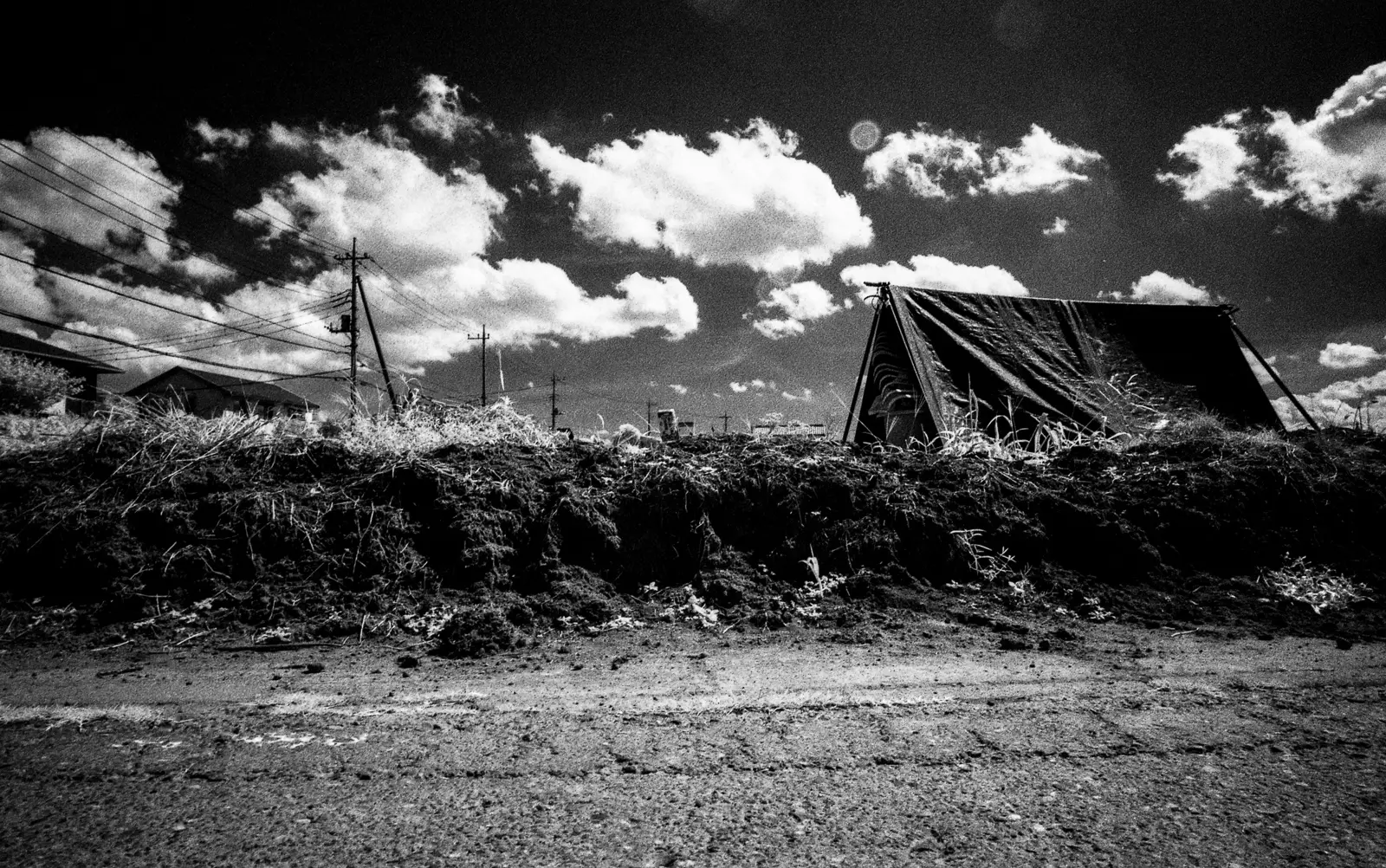
The thing about infrared filters is that they reduce exposure several stops, like a strong ND filter. I am not sure what the exact reduction is, but testing with my Leica M7 and its light meter, the R720 filter appears to reduce exposure by a whopping five stops! Shooting ISO 400 film at f/16 in the sun, you would expect a shutter speed of about 1/500th. With the R720 filter, shutter speed drops to 1/16th—and even then, the meter might not be entirely accurate as all light meters are equipped with filters that block infrared light! I have read that light meters can be unreliable when shooting infrared film. However, the meter in my Leica M7 seems to have gotten the exposure about right, at least in the sun.
Another tricky thing about infrared film is focusing. The longer wavelengths of infrared light don’t focus at the same point as visible light. So if you are shooting wide open with infrared, you cannot rely on the regular focus scale of your lens. Some lenses have an infrared indicator dot to tell you how much you need offset your focus for infrared. I own a number of M-mount lenses, but the only one I own that actually has the infrared indicator is a 1950s era Leica Elmar 50mm f/2.8 collapsible.
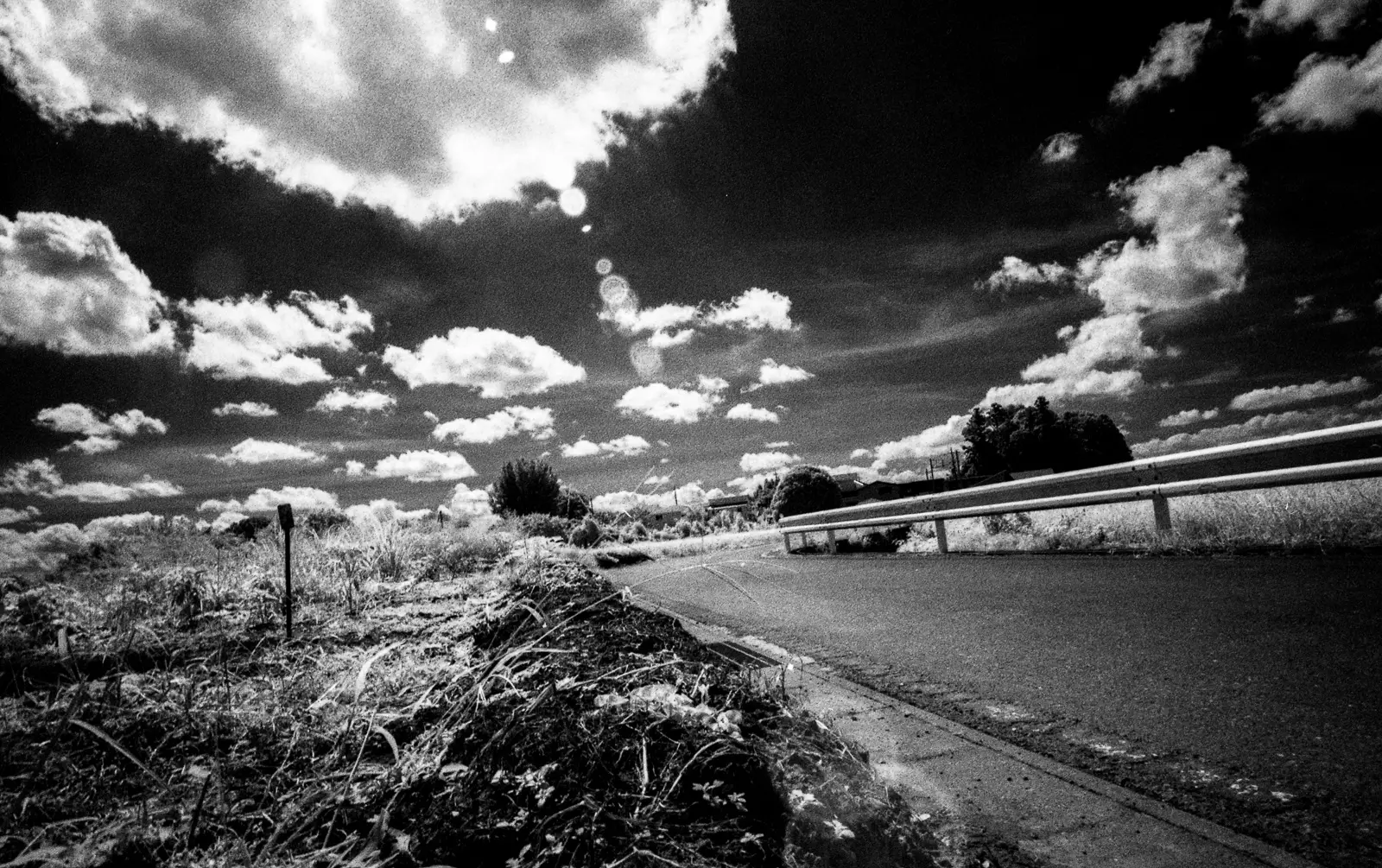
To get around the focusing problem for the photographs in this piece, I shot at f/22 to provide maximum depth of field, and set the focus to infinity. However, shooting the Rollei infrared film at box speed means a shutter speed of about 1/8th in the sun. So forget about hand-held shooting with infrared. I used a tabletop tripod and a cable release. Infrared film is probably not great for street photography, but if anyone has any experience shooting infrared in the street, please do comment.
And as if all this trouble with infrared film weren’t enough, there is also the matter of loading and unloading the camera. You have to load infrared film in the dark, because while the plastic caps on the top and bottom of the film canister block visible light, they don’t block infrared light—at least not completely. So to load my Leica M7, I stuck it in the same film bag I used to load exposed film onto a reel and put in a development tank, and loaded the film blind by feel alone. For unloading, you have to do the same. If you are going to have a lab develop your infrared film, you must remove the canister from the camera in the dark, and put the canister back into the plastic film case it came in, which is designed to block infrared light so you can give or mail it to a lab. If you are going to develop the film yourself, no problem. Just load onto a reel and put put it into a tank like any other film.
As for developing monochrome infrared film, you can use the same chemistry and processes for other monochrome films. Rollei prints recommended developing times and temperatures for about a dozen common developers on the inside of the film box—except for my chemistry of choice, Kodak T-Max Developer. For that one, I looked it up the Digital Truth Massive Dev Chart. (Google this if you have never heard of it.) The development time at box speed of ISO 400 is twenty-six minutes. Bear in mind that development time for T-Max 400 shot at box speed is only about five minutes.
Rangefinder cameras like the Leica M models are ideal for shooting infrared because the viewfinders are external. SLRs are a bit of a problem, as the infrared filters block visible light. IR filters look basically black to the human eye. Also, a camera that emits any kind of light internally for whatever purpose will ruin your infrared film, like a date stamp or an optical DX reader. The early model Leica M7s, like mine, have a faulty DX reader that uses contact points. That’s no problem for infrared, and in any case, I always set the ISO manually. However, Leica in its infinite wisdom corrected the problem in later M7 models with an optical DX reader, thus making infrared film impossible to use. For infrared, the simplest, all-manual, rangefinder cameras are probably the best.
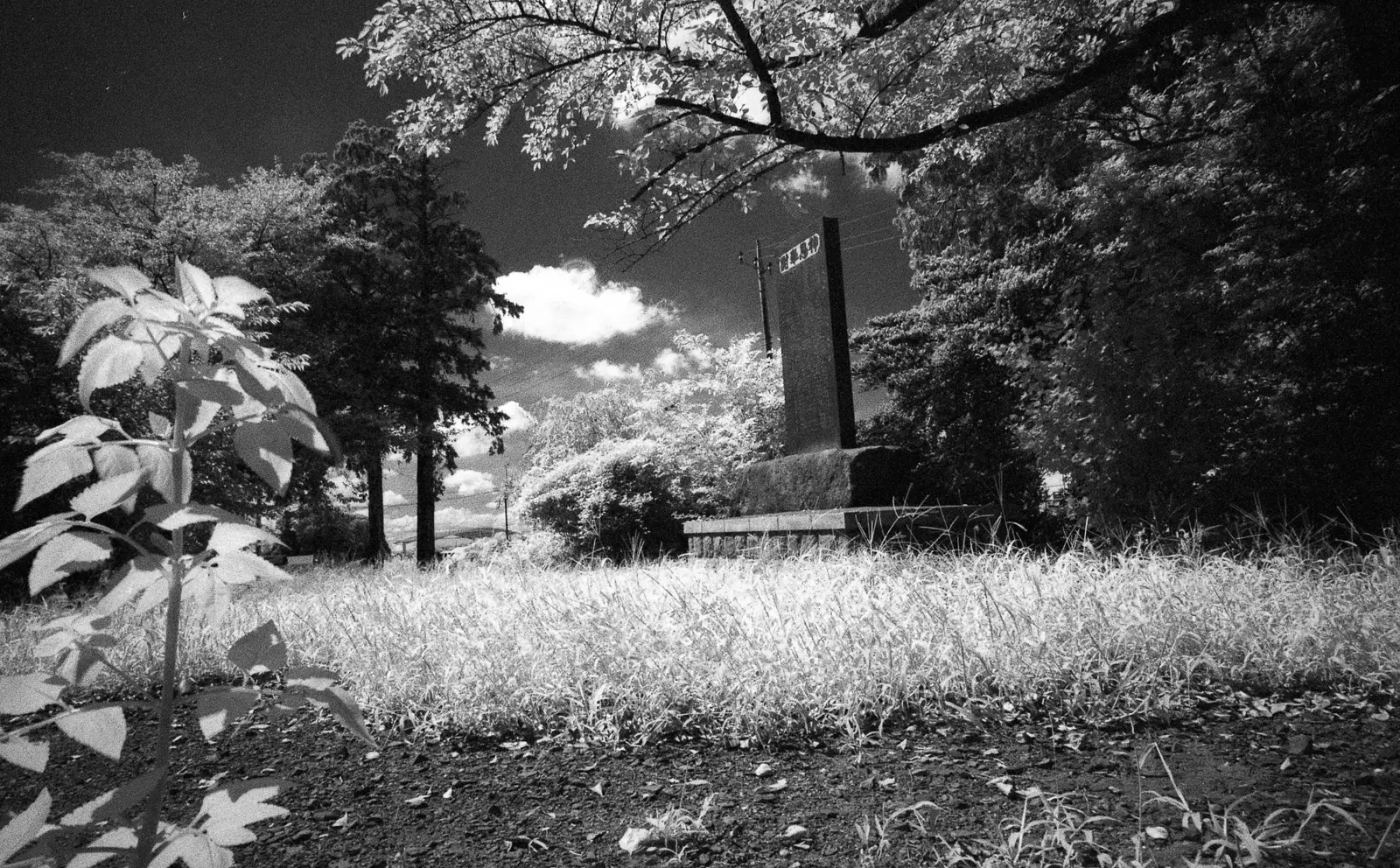
So is infrared film photography something I am going to get into? Maybe only from time-to-time when I have the urge, but probably not regularly. Processes are tedious and limiting, and infrared films aren’t exactly cheap either.
I do like the look of monochrome infrared though. However, the look of dramatic skies I can also get with regular monochrome film and a red filter. As for bright white plants—well—I find they appear kind of washed out, but maybe I am doing things wrong.
Digital infrared has become a bit of a thing, where you can have your camera sensor modded by companies like Lifepixel, or you can purchase Leica’s flawed M8, which lacks an infrared filter. That flaw has made the M8 something of a sought-after camera for infrared photography—at least by some people.
However, if it is the artistic effect of infrared that your are after, you can simulate infrared with adjustments in photoshop from a color image whether film or digital, or you can purchase one of the many film preset collections for Lightroom that are out there. Jamie Windsor has a set of Kodak presets for about the same cost as a roll of infrared film, and in my opinion his Aerochrome presets look pretty good. I have also managed to simulate Aerochrome in photoshop my self, as well as the monochrome infrared look.
But don’t let the ease f digital technology stop you from shooting infrared film if you want to give it a go. After all, film photography is far more about the experience and gratification of shooting film using some of the best cameras ever made, and not about all the trappings of convenience of our time. If photography were only about convenience, 35mmc would not have the following it does, and you would not likely be reading this piece—certainly not to its end—which by the way is right here.
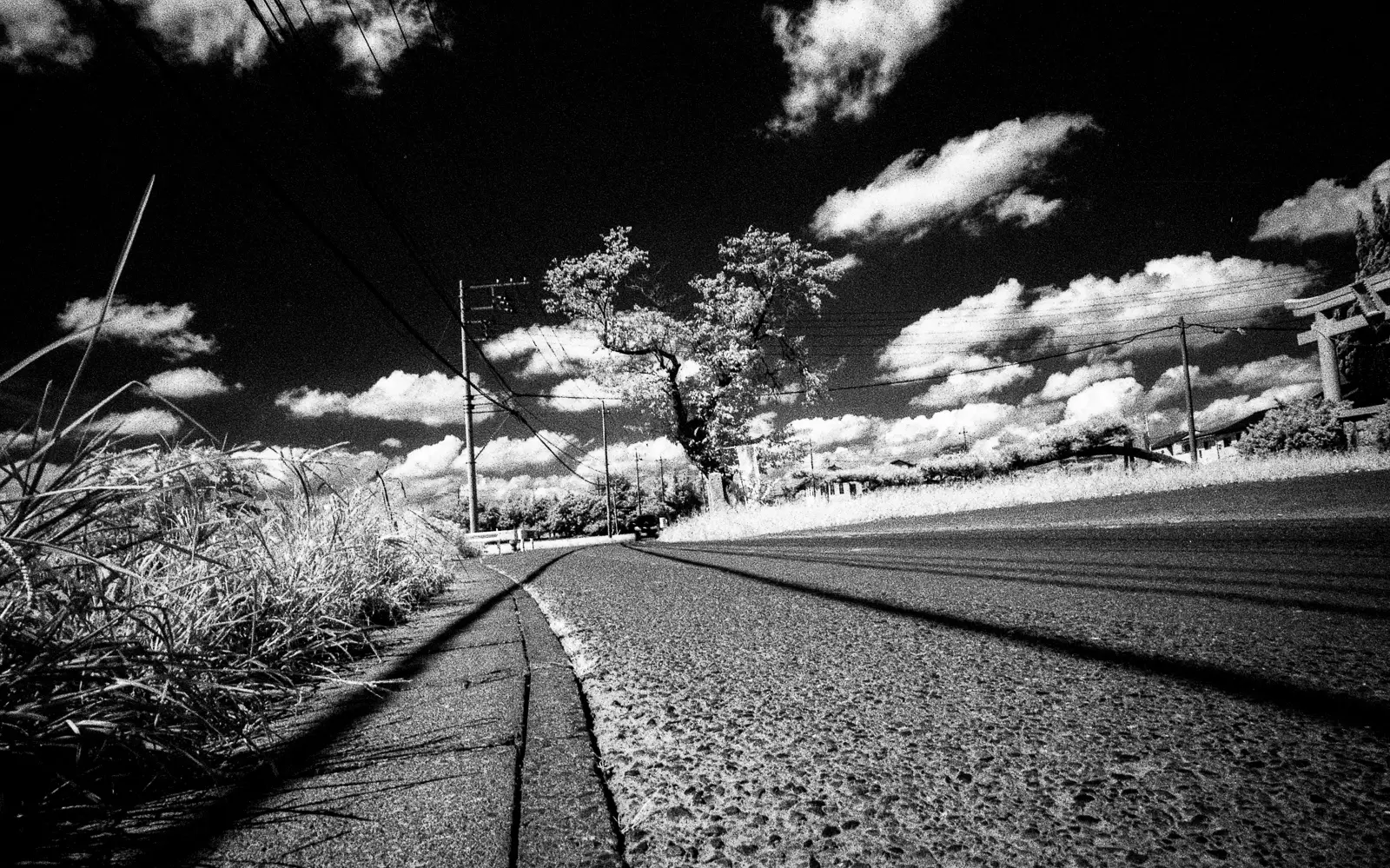
I am a street photographer who lives in Japan. If you would like to see more of my work, have a look at my website bleisteinphoto.com, or my Instagram @sbleistein
Share this post:
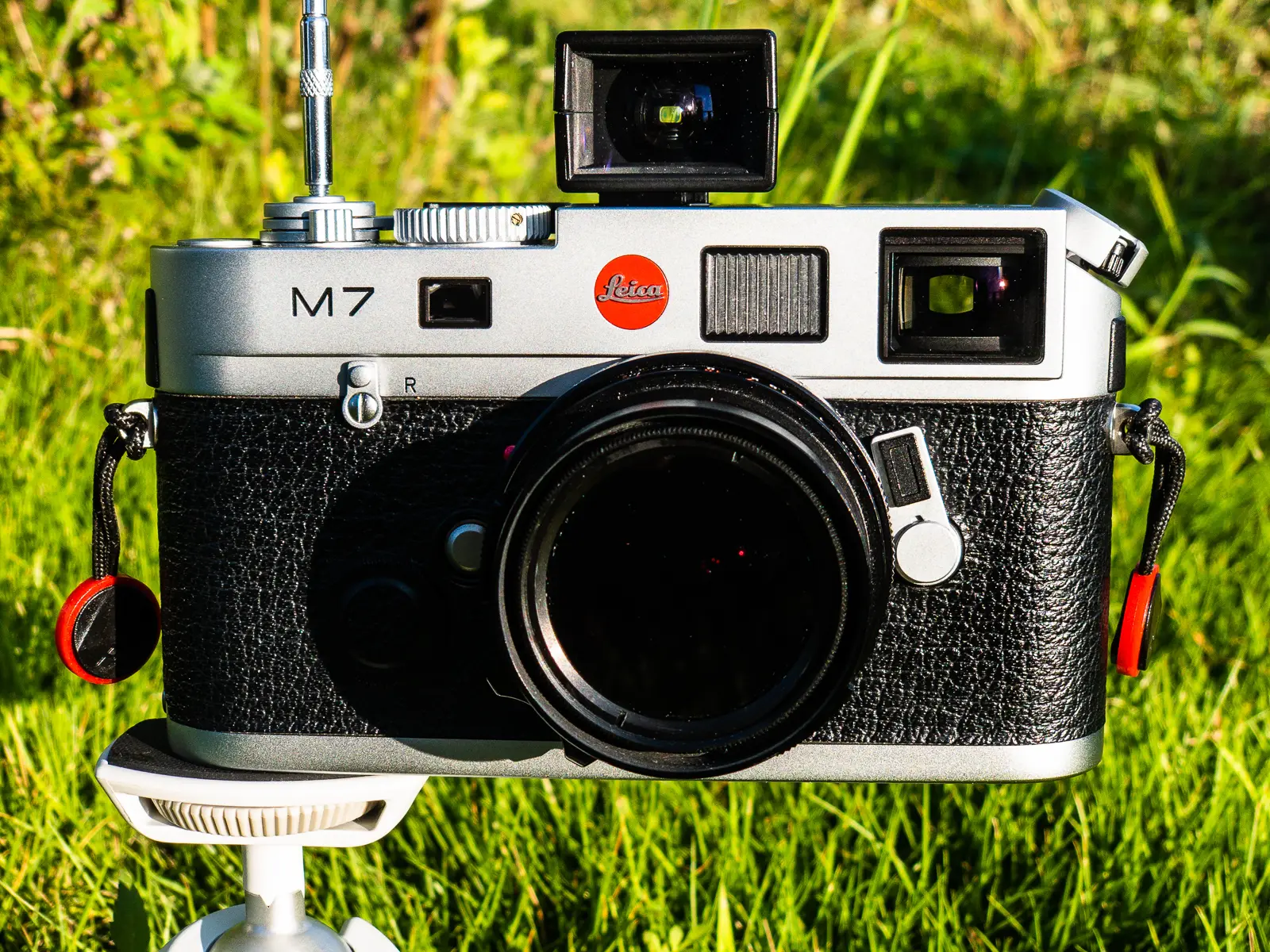
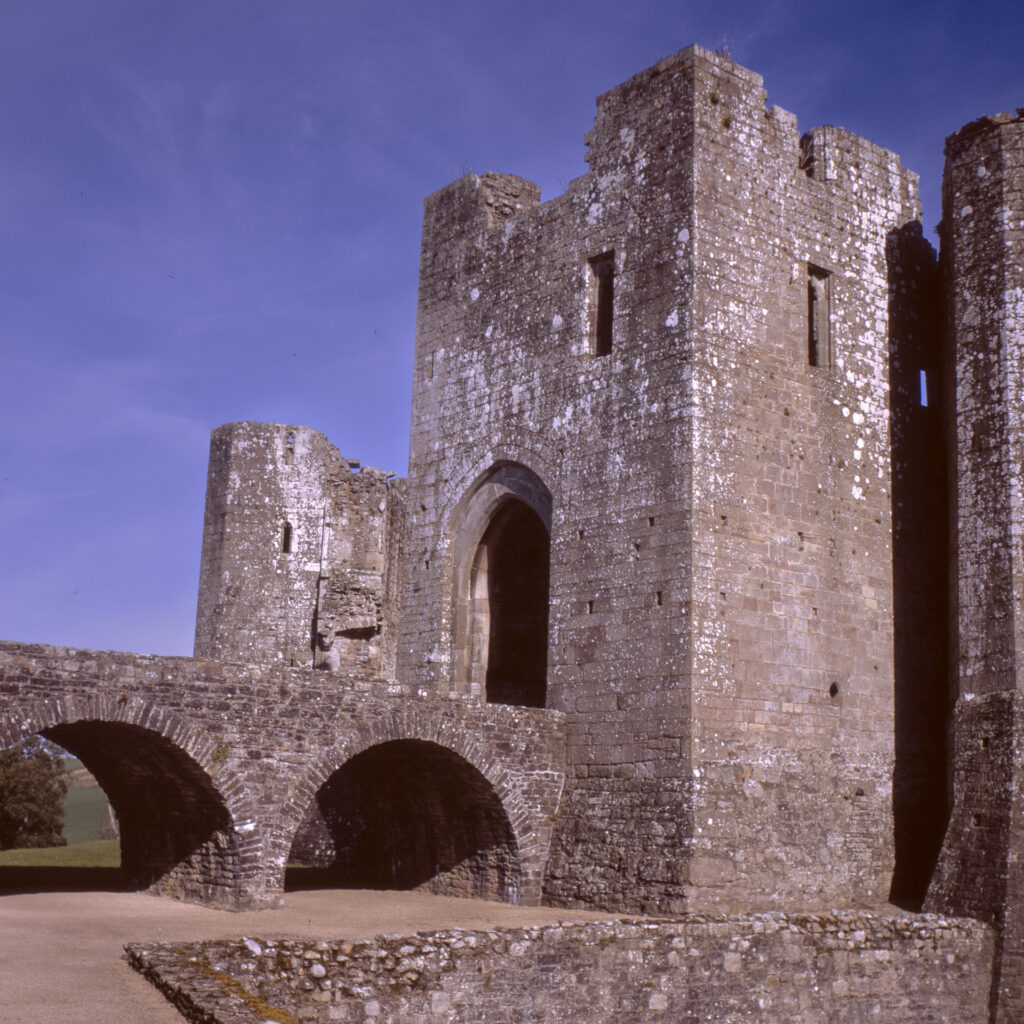
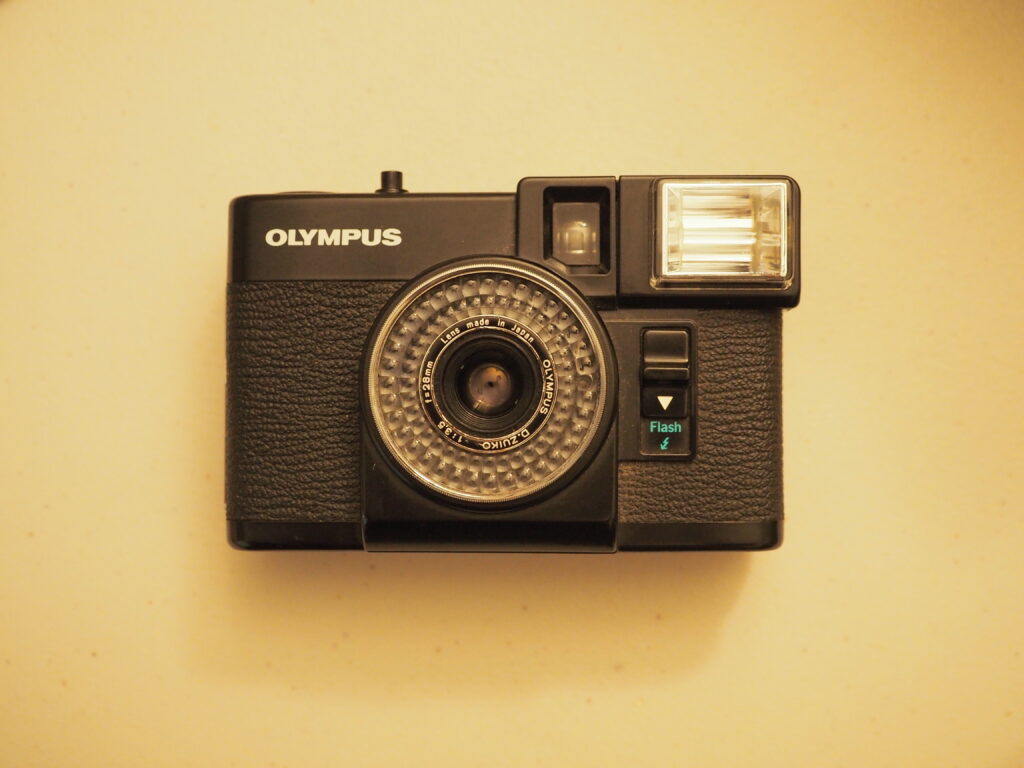

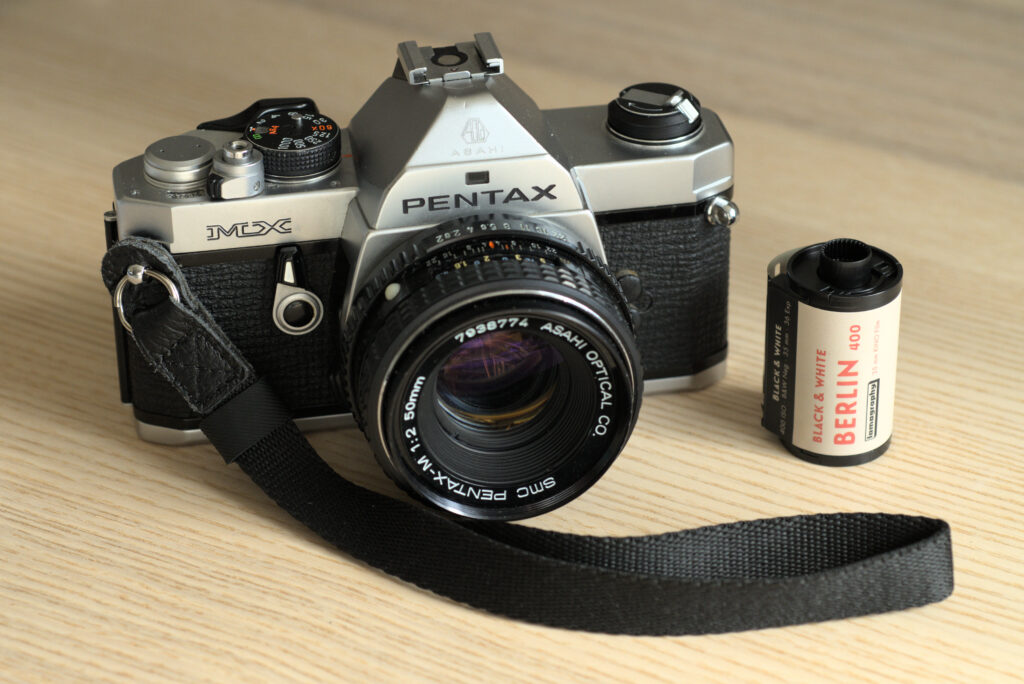




Comments
David Hill on 5 Frames with Rollei Infrared 400, a Leica M7 and Voigtlander Color Skopar 21mm f/4 – Steven Bleistein
Comment posted: 10/10/2019
Now I’ll have to dig that roll of Konica IR film out of my freezer. It’s been there long enough :)
Comment posted: 10/10/2019
James Tappin on 5 Frames with Rollei Infrared 400, a Leica M7 and Voigtlander Color Skopar 21mm f/4 – Steven Bleistein
Comment posted: 10/10/2019
Green plants look green because of the photosynthetic pigment chlorophyll. In the visible it reflects green (and blue) and absorbs red light (which is what plants use as an energy source[*]). Over a broader range of wavelengths chlorophyll reflects most wavelengths other than a band in and around red, thus in the infrared it is strongly reflective.
[*] This means that photosynthesis actually throws away peak of the solar spectrum.
Comment posted: 10/10/2019
Comment posted: 10/10/2019
Comment posted: 10/10/2019
Dan Castelli on 5 Frames with Rollei Infrared 400, a Leica M7 and Voigtlander Color Skopar 21mm f/4 – Steven Bleistein
Comment posted: 11/10/2019
Nice pics! I'm glad to find out that you can still get IR film.
I still have on my bookshelf a book titled "American Infrared Survey." I think it had to be published in the 1980's. It's full of great images, both in color and B&W. You may be able to find it on the web. No technical info., but you may like it.
I've been using a late model M-Rokkor (40mm f/2.0) on my Leica M film bodies. It has an IR focus mark. Now I know I can get IR film, I'm going to try some out again. Thanks for publishing your timely article.
Dan
Comment posted: 11/10/2019
nb on 5 Frames with Rollei Infrared 400, a Leica M7 and Voigtlander Color Skopar 21mm f/4 – Steven Bleistein
Comment posted: 25/10/2019
Comment posted: 25/10/2019
nb on 5 Frames with Rollei Infrared 400, a Leica M7 and Voigtlander Color Skopar 21mm f/4 – Steven Bleistein
Comment posted: 25/10/2019
aeropan was made by agfa, not kodak
nice censoring btw
Comment posted: 25/10/2019
Kolari Pocket & IRChrome Filter Review - Digital Aerochrome in a Tiny Package! on 5 Frames with Rollei Infrared 400, a Leica M7 and Voigtlander Color Skopar 21mm f/4 – Steven Bleistein
Comment posted: 16/03/2020
Infrared Photography with an Unmodified Leica M240 and an R720mm filter - By Steven Bleistein - 35mmc on 5 Frames with Rollei Infrared 400, a Leica M7 and Voigtlander Color Skopar 21mm f/4 – Steven Bleistein
Comment posted: 15/04/2020
sklba on 5 Frames with Rollei Infrared 400, a Leica M7 and Voigtlander Color Skopar 21mm f/4 – Steven Bleistein
Comment posted: 25/01/2025